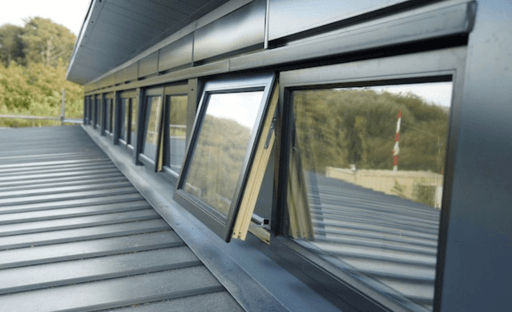Discover the Future of Building Green: Transform Your World with Sustainable Construction Today
Construction industries play a vital role in the global economy but are also contributors to significant environmental degradation and climate change. As a result, there has been an upsurge in sustainable construction practices, with several key ways of increasing its sustainability such as adopting renewable energy sources, using eco-friendly materials, energy-saving design practices and applying green building standards being discussed here.
Renewable Energy
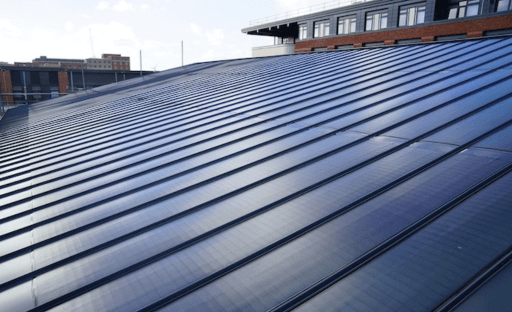
As people become more conscious about environmental concerns, renewable energy sources such as solar panels and wind turbines are becoming more widely used on construction sites to provide cleaner, more sustainable energy alternatives to fossil fuels that have traditionally powered such activities.
Integrating renewable energy technologies into completed buildings extends well beyond their own designs. Installing solar panels on roofs can significantly increase their overall energy efficiency while decreasing dependence on the grid, while wind turbines in windy locations can provide power while simultaneously decreasing carbon footprint.
Sustainability Requires Sustainable Materials
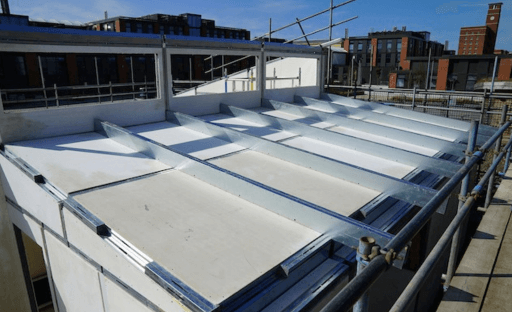
An integral aspect of sustainable construction involves using materials with reduced environmental impacts compared to traditional ones; such materials tend to be renewable or recycled and possess minimal embodied energy requirements.
Bamboo has become increasingly recognized as an environmentally-friendly replacement to traditional timber due to its rapid growth rate and impressive strength. Recycled materials like steel and concrete can also help minimize waste, while sustainable construction practices often utilize low-VOC paints in order to further minimize emissions during construction processes and thus lower environmental impact.
Energy-Efficiency Design
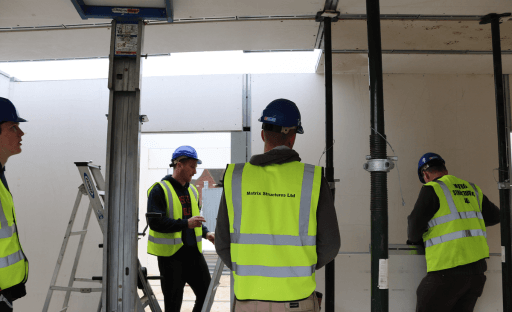
Sustainable construction involves using energy-efficient design as one key strategy, as it seeks to limit energy usage within buildings and lower their environmental impact. Optimizing building components ensure maximum energy, water, and material utilization efficiency for maximum sustainability.
Installing quality insulation can help to lower a building’s heating and cooling needs while energy-saving appliances can significantly decrease electricity use. Furthermore, sustainable design often makes use of natural lighting and ventilation systems to further decrease energy use while creating a healthier indoor environment.
Green Building Practices
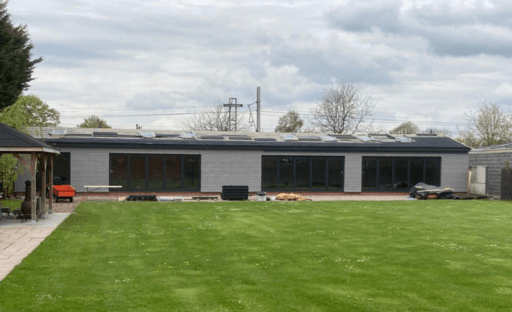
Green building practices are operational strategies designed to lessen the environmental impact of construction processes, including waste management strategies such as on-site recycling that reduce landfill waste while simultaneously decreasing material needs for new materials.
Water conservation techniques such as rainwater harvesting systems and efficient plumbing fixtures can play a pivotal role in making construction more eco-friendly. Furthermore, selecting and managing sites properly can reduce environmental harm by maintaining local ecosystems and decreasing land degradation.
Conclusion
Conclusion Sustainable construction represents a revolutionary shift in the construction industry, offering a sustainable solution to its environmental challenges. By integrating renewable energy sources, sustainable materials, energy-efficient design features and green building practices we can radically alter how we build, creating a more resilient future and moving towards sustainability and resilience.
There is an abundance of information and resources available for those interested in sustainable construction, from online resources and community workshops to government programs that offer insights.
What is the future of green building construction?
The future of green building construction looks bright and promising, characterized by innovation and an increased focus on sustainability and efficiency. Several trends and advancements are expected to drive the industry forward:
Net-Zero Buildings: The push for net-zero energy buildings, which generate as much energy as they use, is expected to grow. This involves advanced energy-efficient design, alongside renewable energy sources like solar and wind power.
Smart Buildings: Technological advancements will lead to smarter, more automated buildings. These structures use systems and sensors to automate various tasks such as lighting, heating, cooling, and ventilation based on occupancy and time of day, thereby enhancing energy efficiency.
Green Building Materials: We’ll see a continued shift towards sustainable, eco-friendly building materials, such as recycled steel, low-VOC paints, and bamboo. Additionally, the innovation of new materials like self-healing concrete and air-cleaning bricks offers exciting possibilities.
Circular Economy in Construction: A circular approach in construction, which focuses on the entire lifecycle of a building and its components and aims for minimal waste and maximal reuse and recycling, will become increasingly important.
Biophilic Design: The concept of integrating nature into built environments, known as biophilic design, is gaining traction. This includes features such as green roofs and walls, natural light maximization, and the incorporation of natural elements into interiors.
Health and Well-being: As people spend a significant portion of their time indoors, the impact of buildings on our health and well-being is gaining attention. Future green buildings will consider factors like indoor air quality, natural lighting, and thermal comfort, improving not just environmental sustainability, but also human health and productivity.
Building Information Modelling (BIM): BIM technology will play a critical role in facilitating sustainable design and construction. BIM allows for better planning and visualization, which aids in the efficient use of resources and minimization of waste.
Regulations and Incentives: With increasing awareness of climate change and environmental issues, government regulations and incentives supporting green building are expected to become more widespread.
These trends show a future where green building and sustainable construction become the standard, significantly reducing the construction industry’s environmental impact and leading to a more sustainable, resilient society.
How green building leads to sustainable future?
Green buildings contribute to a sustainable future by significantly reducing energy consumption, using materials efficiently, minimizing waste, and creating healthier indoor environments, thereby reducing their overall environmental impact and fostering the responsible use and preservation of natural resources.
What are the benefits of green building in future?
The benefits of green building in the future include energy savings, reduced greenhouse gas emissions, improved indoor air quality, increased property values, and better health and productivity for occupants, all of which contribute to a more sustainable and resilient society.

